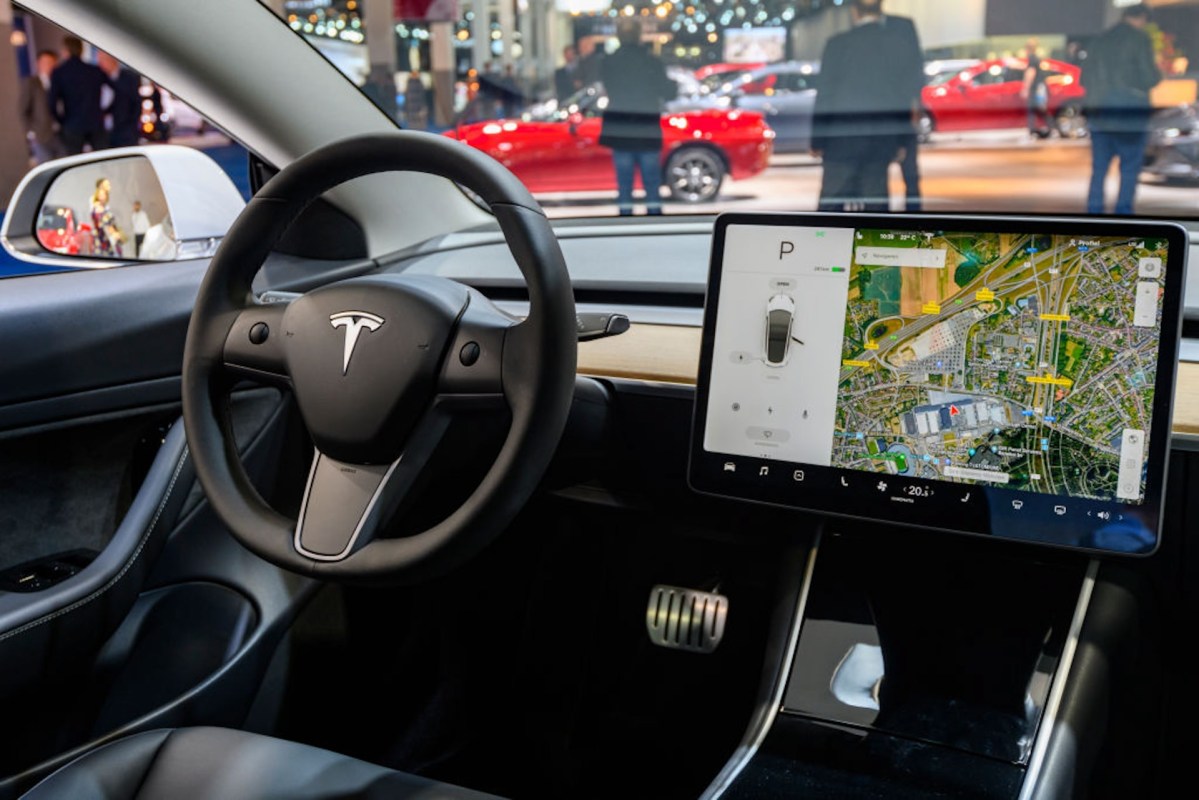While it's difficult to predict exactly how much energy a trip in an electric vehicle will use, Tesla tries — and according to Electrek, it has now released a list of the factors it uses in that calculation.
On the surface, the range of a car seems like a straightforward question. How far can it go on one tank of gas or one battery charge? But the answer depends on a lot of variables. For example, it takes more energy to drive a car up a hill than to let it coast down, so the distance you can travel is different going each way and different from the range you can reach on a flat road.
Tesla's navigation system provides remaining range estimates for every trip, and it uses a formula that accounts for many factors affecting efficiency and performance. Now, Electrek reports that the company has shared those factors publicly.
Tesla tweeted the list on X, formerly known as Twitter, on November 14. The breakdown included wind speed, elevation/grade, traffic speed, average acceleration, ambient temperature, humidity, air pressure, cloud cover, battery percentage, temperature, the weight of the vehicle and its load, rolling resistance, aerodynamic drag, air conditioning and heating, battery preconditioning, "and more."
Your car does the math for you.
— Tesla North America (@tesla_na) November 14, 2023
When calculating a route & battery % on arrival, Tesla navigation takes into account:
- Wind speed & direction
- Elevation/grade
- Traffic speed
- Avg acceleration/deceleration
- Ambient temperature
- Humidity & pressure
- Solar load & cloud… https://t.co/nTDJczTthu pic.twitter.com/gbt6PCFIH7
Some of the factors, including crosswind, headwind, humidity, ambient temperature, and tire pressure, have been added in software updates over the last few years, Electrek reveals.
Knowing what affects a car's range is incredibly helpful for EV drivers. They can watch out for emerging problems that might reduce their range so they won't get stuck without a charge, make smart decisions about routes and driving conditions, and plan the best places to stop for a charge.
All of that makes EVs more practical to drive, giving more people access to the savings that come with switching to electric and reducing the air pollution from traditional gas-powered vehicles as more people make the switch.
"This is a very cool feature when you travel long distances for EVs," commented one user.
That will only get more true as Tesla's calculations improve, as one commenter underscored just how important the range estimate formula can be: "Once I was on a road trip in the northern part of Finland; suddenly the road turned to a soft gravel/dirt road … Luckily I arrived at the Levi supercharger about 3 km below zero on the very last electron fumes … Both I and my car were taken by [surprise] by the increased rolling resistance."
Another commenter on the Electrek article said, "I'm surprised there are so many complaints about the range estimation of Tesla. It is usually quite accurate."
Join our free newsletter for weekly updates on the coolest innovations improving our lives and saving our planet.









